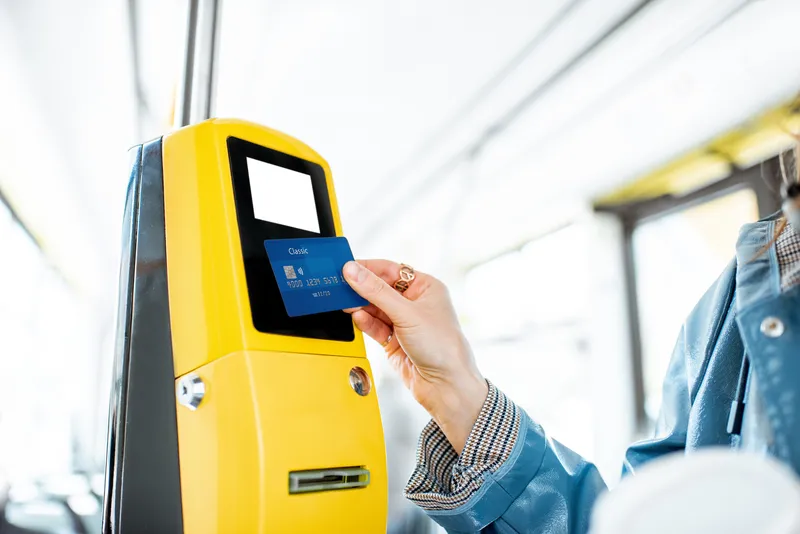Public Transport Victoria (PTV) in Australia has opted for Smartrak as the preferred supplier to operate the bus tracking system (BTS) for metropolitan buses.
PTV chief executive officer Mark Wild said that the award of this contract is another step forward in providing better and real-time information, as well as improved bus services for our customers. It also paves the way for the provision of real time bus tracking information via smartphone apps, online and PTV’s customer contact centre.
The new
March 31, 2014
Read time: 2 mins
RSSPublic Transport Victoria (PTV) in Australia has opted for Smartrak as the preferred supplier to operate the bus tracking system (BTS) for metropolitan buses.
PTV chief executive officer Mark Wild said that the award of this contract is another step forward in providing better and real-time information, as well as improved bus services for our customers. It also paves the way for the provision of real time bus tracking information via smartphone apps, online and PTV’s customer contact centre.
The new bus tracking system will be rolled out to all bus depots by the end of the 2014 financial year, with customer benefits progressively implemented once the system roll-out is completed. Smartrak will operate the bus tracking system for five years, with an option to extend its term for up to five years.
“The metropolitan bus network carries 119.3 million passengers a year and the roll-out of the bus tracking system to the rest of the bus fleet will give customers greater confidence to use the bus network,” Mr Wild said.
“Smartrak has a proven track record in providing accurate and reliable real-time public transport solutions to help organisations like PTV increase the performance of passenger information systems, which is fantastic news for PTV’s customers.
He said that, once in operation, the system will provide accurate, detailed and timely service information available shortly, leading to improved coordination at transport interchanges helping customers to interchange between trains, trams and buses, enhanced operational management capabilities for PTV and bus operators, as well as helping to support decision making for bus service improvements, such as where bus lanes or priority traffic light signals could improve services.
PTV chief executive officer Mark Wild said that the award of this contract is another step forward in providing better and real-time information, as well as improved bus services for our customers. It also paves the way for the provision of real time bus tracking information via smartphone apps, online and PTV’s customer contact centre.
The new bus tracking system will be rolled out to all bus depots by the end of the 2014 financial year, with customer benefits progressively implemented once the system roll-out is completed. Smartrak will operate the bus tracking system for five years, with an option to extend its term for up to five years.
“The metropolitan bus network carries 119.3 million passengers a year and the roll-out of the bus tracking system to the rest of the bus fleet will give customers greater confidence to use the bus network,” Mr Wild said.
“Smartrak has a proven track record in providing accurate and reliable real-time public transport solutions to help organisations like PTV increase the performance of passenger information systems, which is fantastic news for PTV’s customers.
He said that, once in operation, the system will provide accurate, detailed and timely service information available shortly, leading to improved coordination at transport interchanges helping customers to interchange between trains, trams and buses, enhanced operational management capabilities for PTV and bus operators, as well as helping to support decision making for bus service improvements, such as where bus lanes or priority traffic light signals could improve services.








